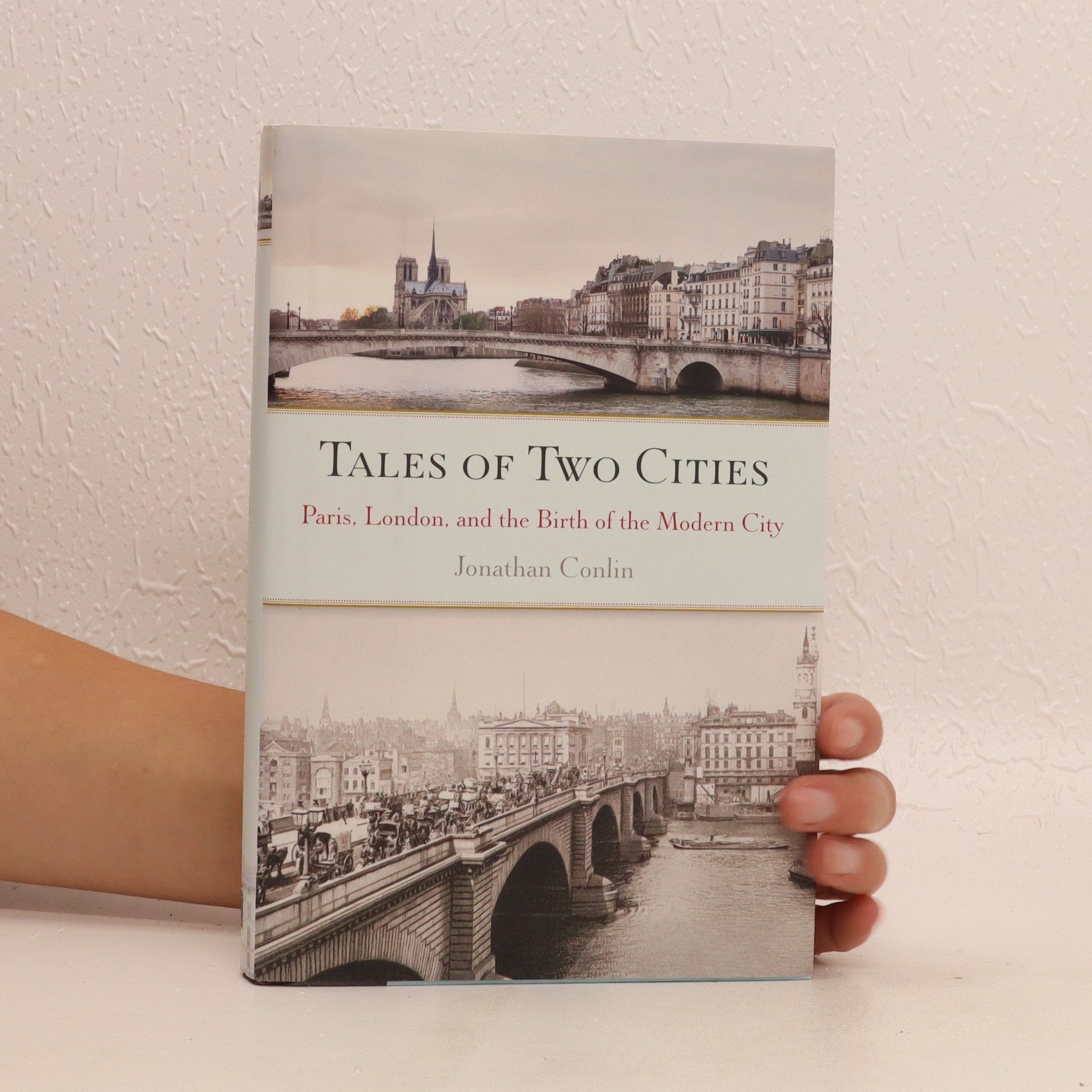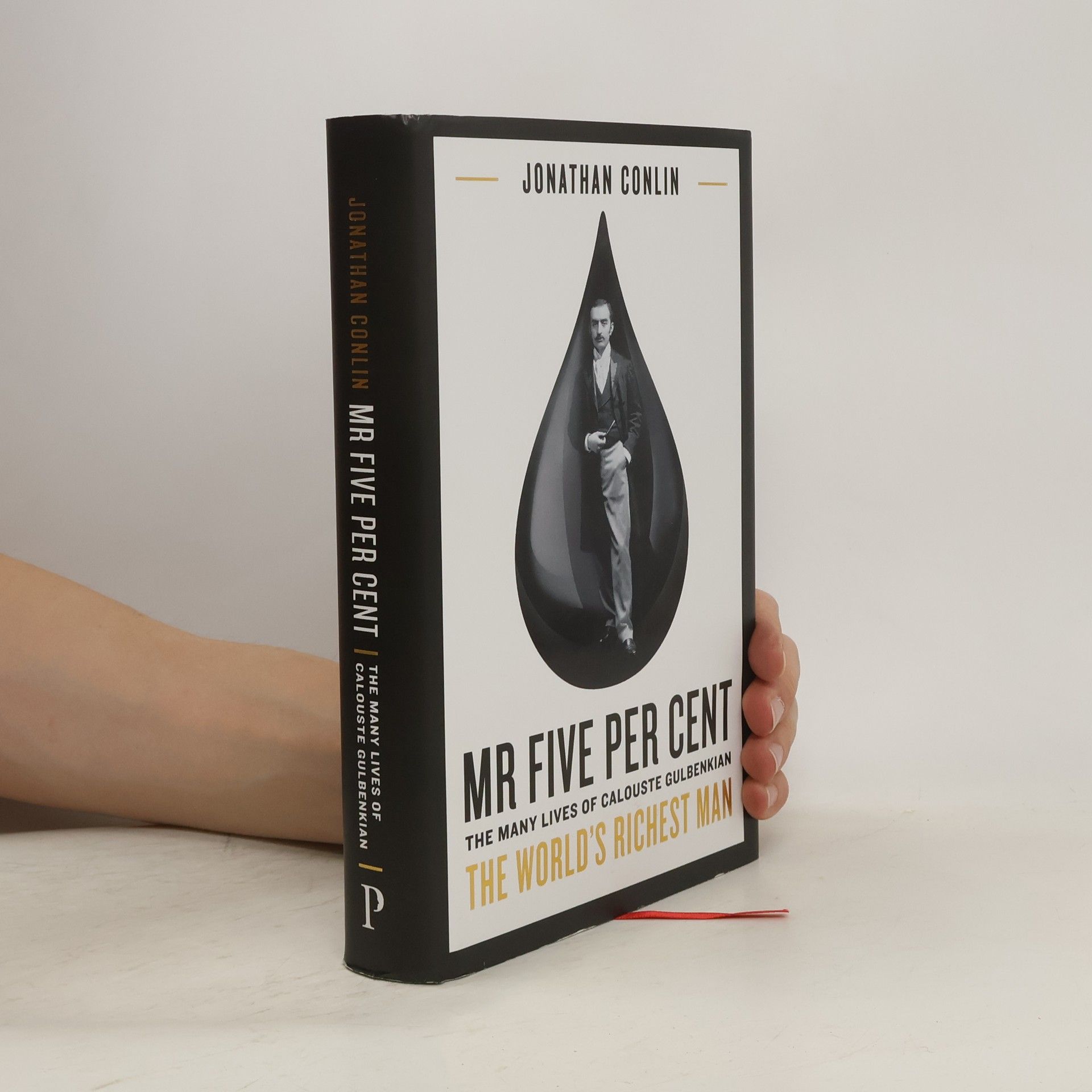When Calouste Gulbenkian died in 1955 at the age of 86, he was the richest man in the world, known as 'Mr Five Per Cent' for his personal share of Middle East oil. The son of a wealthy Armenian merchant in Istanbul, for half a century he brokered top-level oil deals, concealing his mysterious web of business interests and contacts within a labyrinth of Asian and European cartels, and convincing governments and oil barons alike of his impartiality as an 'honest broker'. Today his name is known principally through the Gulbenkian Foundation in Lisbon, to which his spectacular art collection and most of his vast wealth were bequeathed. Gulbenkian's private life was as labyrinthine as his business dealings. He insisted on the highest 'moral values', yet ruthlessly used his wife's charm as a hostess to further his career, and demanded complete obedience from his family, whom he monitored obsessively. As a young man he lived a champagne lifestyle, escorting actresses and showgirls, and in later life - on doctor's orders - he slept with a succession of discreetly provided young women. Meanwhile he built up a superb art collection which included Rembrandts and other treasures sold to him by Stalin from the Hermitage Museum. Published to mark the 150th anniversary of his birth, Mr Five Per Cent reveals Gulbenkian's complex and many-sided existence. Written with full access to the Gulbenkian Foundation's archives, this is the fascinating story of the man who more than anyone else helped shape the modern oil industry. -- Adapted from jacket blurb
Jonathan Conlin Knihy




Tales of two cities : Paris, London and the birth of the modern city
- 312 stránek
- 11 hodin čtení
Paris and London have long held a mutual fascination, and never more so than in the period 1750–1914, when they vied to be the world's greatest city. Each city has been the focus of many books, yet Jonathan Conlin here explores the complex relationship between them for the first time. The reach and influence of both cities was such that the story of their rivalry has global implications. By borrowing, imitating and learning from each other Paris and London invented the true metropolis. Tales of Two Cities examines and compares five urban spaces—the pleasure garden, the cemetery, the apartment, the restaurant and the music hall—that defined urban modernity in the nineteenth century. The citizens of Paris and London first created these essential features of the modern cityscape and so defined urban living for all of us.
Focusing on the history of the National Gallery, this book explores the development of one of the world's premier art collections, shaped by the contributions and aspirations of the British public. It delves into the gallery's significance in cultural heritage and its role in making art accessible to all, highlighting key moments and figures involved in its establishment. Through this narrative, readers gain insight into the intersection of art, society, and national identity in Britain.
Focusing on the people and events that shaped the Met, Jonathan Conlin's work delves into the museum's 150-year history through the lens of its directors, curators, and the diverse communities that interacted with it. By examining archival materials and oral histories, he presents a narrative that moves beyond traditional top-down histories, highlighting pivotal moments like European acquisitions during the Franco-Prussian War and the influence of benefactors. The book explores the complex interplay of social classes, art connoisseurship, and cultural identity within this iconic institution.